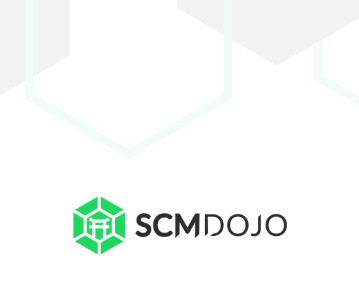Here’s a comprehensive list of the top 100 skills that a Procurement Manager should master
Procurement Templates
NOVEMBER 21, 2024
Coupa, Ariba) Data analytics tools (e.g., Coupa, Ariba) Data analytics tools (e.g., Coupa, Ariba) Data analytics tools (e.g., Workshops on negotiation and supplier relationship management. Use Data-Driven Arguments: Leverage cost breakdowns and benchmarks to negotiate better terms.












Let's personalize your content